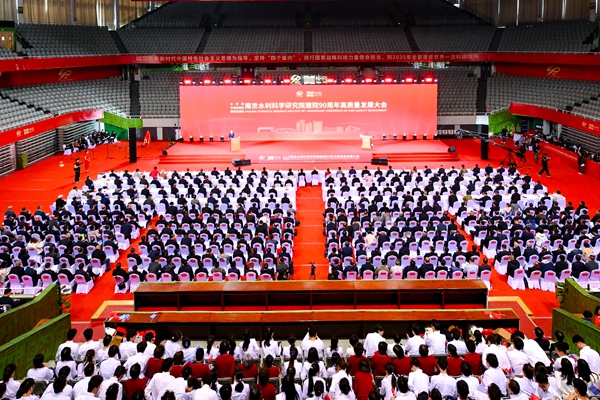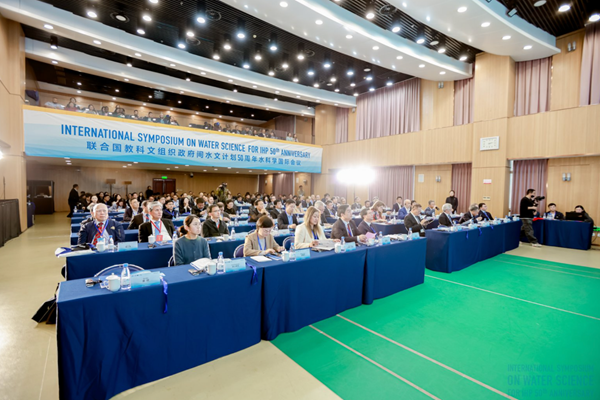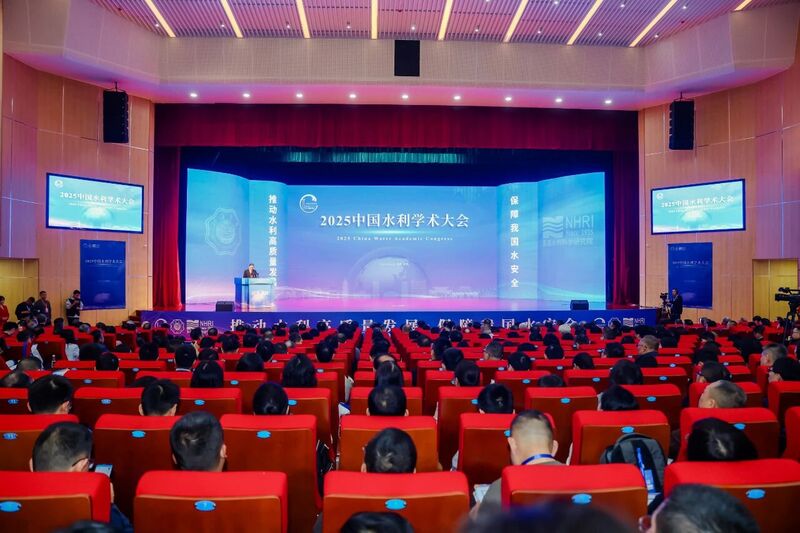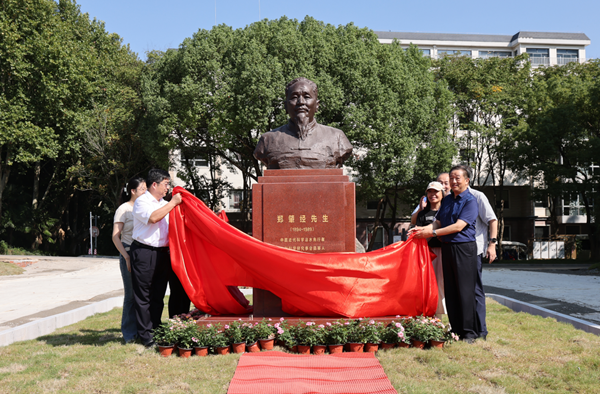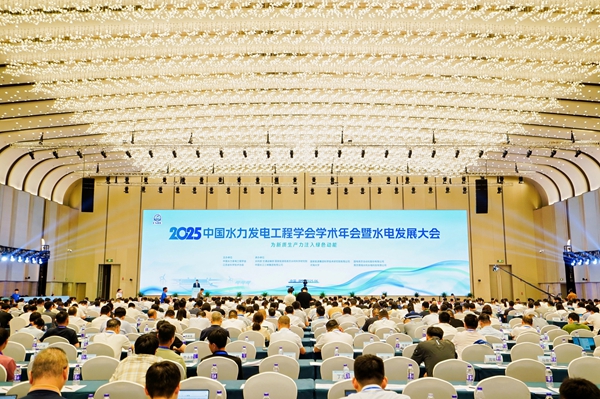- 李国英主持召开水利部部务会议 12-10
- 水利部召开专家座谈会 12-09
- 李国英出席第19届世界水资源大会部长级圆桌会议 12-02
- 李国英率团出席第19届世界水资源大会开幕式并致辞 12-02
- 水利部召开“三对标、一规划”深入学习贯彻党的二十届四中全会精神会议 11-29
- 交通运输部组织开展“十五五”交通运输规划座谈交流 深入学习贯彻党的二十届四中全会精神 加快完善现代化综合交通运输体系 11-28
- 水利部召开地方水利部门(视频)座谈会 11-26
- 刘伟在部党组理论学习中心组2025年第十次集体学习时强调 认真学习贯彻党的二十届四中全会部署 全力推动交通运输重点任务落实 11-25
- 信长星在南京水利科学研究院调研 11-21
- 李国英赴南京水利科学研究院调研水利科技创新工作 10-17
- 全国水文标准化技术委员会暨水文仪器分技术委员会2025年度工作会议在杭州召开 12-13
- 南京水利科学研究院党委巡察组向南自所党委反馈巡察情况 12-12
- 戴济群院长一行赴内蒙古自治区水利厅调研 12-09
- 我院入选首批江苏商科教育联合案例中心“校企协同创新合作单位”名单 12-05
- 我院和大坝中心组团赴墨西哥、巴西交流调研 12-04
- 我院牵头的世界水运基础设施协会WG 266工作组在比利时布鲁塞尔召开启动会 12-03
- “十四五”国家重点研发计划青年科学家项目“鄂尔多斯盆地植被恢复及水文效应研究”组织召开项目成果咨询与... 11-27
- 我院牵头的乌鲁瓦提水利枢纽现代化水库运行管理矩阵平台全疆现场会召开 11-21
- “十四五”国家重点研发计划项目“长江水运大通道万吨级船闸建设关键技术”召开启动暨实施方案论证会 11-04
- “十四五”国家重点研发计划项目“库坝系统自然灾害损害快速诊断与防控关键技术装备”成功开展综合应用示范 10-31
- 国家重点研发计划“中小型水库土石坝超标洪水防漫坝溃决技术与装备研发”项目召开季度推进暨专家咨询会 10-29
- 我院组织召开黄河基金重点项目“南水北调中线穿黄工程风险分析与安全保障技术”项目推进会 10-22
- 我院2个重大项目召开季度推进暨专家咨询会 10-14
- 我院主持承担的中国工程院科技战略咨询品牌项目“健康水平衡构建与国土高质量保护利用战略(二期)”启动会... 09-26
- 南京水利科学研究院2026年博士研究生招生简章 11-20
- 南京水利科学研究院2026年公开招聘事业编制工作人员公告 10-09
- 南京水利科学研究院MIS系统基建项目管理模块开发及其它功能增补服务项目综合评议比选公告 12-05
- 铁心桥实验基地提档升级(二期)项目内部综合评议比选公告 12-01
- 南京水利科学研究院征集招标代理合作供应商公告 11-24
- 铁心桥基地树木修剪与局部绿化改造工程项目综合评议比选公告 11-12
- 南京水利科学研究院虎踞关、广州路食堂食材(水产、海鲜类)供应商采购项目询价公告 11-07
- 院史馆及一楼大厅维修改造及宣传布展制作服务综合比选公告 10-21
- 南京水利科学研究院建院90周年专题 10-24
- 太湖流域水治理国际会议 11-13
- 人人讲安全,个个会应急——畅通生命通道 南京水利科学研究院2024年安全生产月活动 06-11
- 第四届水安全与可持续发展国际高端论坛 11-03
- 中国共产党南京水利科学研究院第四次代表大会 09-28
- 学习贯彻习近平新时代中国特色社会主义思想主题教育 05-10
- 我国首部综合性水利图集《中国水图》正式出版 03-04
- 南京水利科学研究院深入学习贯彻党的二十大精神 11-18
